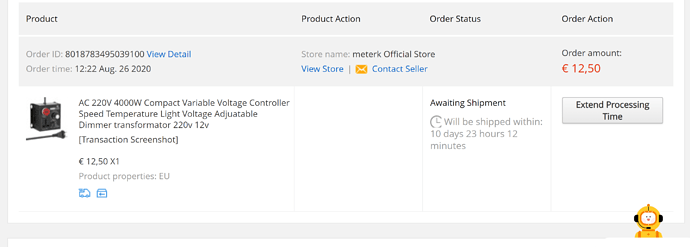I’m going to disagree with you on one point. Not having a fuse is a big no no in my book. Easy and cheap safety margin and shouldn’t be skipped especially when working with voltages that can do damage. Small voltage projects like pure low voltage(1v-20v) DC stuff is one thing, but 120v/240v AC is another story. Just my opinion.
I use these particular metal project boxes because of the heat dissipation factor when i’m using SSR’s and the fact that they stack and sit nice in my lab. The boxes from Auber are very nice and sturdy as well. I prefer to use them when i know they’ll be in a working lab environment. With that said, there are many ways to achieve the same results.
1 Like
The box you used is slick, highly recommended to anyone willing to spend the money and put the time into making the cutouts.
But as to the actual necessity of a fuse in this instance, you’d need a high amperage fuse to withstand the maximum normal current draw from the 25 amp solid state relay, so with the heavy duty AC input/output wiring, if you don’t have a fuse, in the worst case scenario, rather than a fire, the main panel circuit breaker blows if there is a short circuit. A much lower wattage AC device with small gauge input/output wiring should have a fuse so the wiring doesn’t over heat and possibly start a fire.
I found a way to reset it once you reach the Limit set point where it displays END in distillation mode, press the knob, turn it to mash mode, press to enter Mash mode, press again, turn it to distillation mode, press to enter distillation mode, and you’re back distilling again.
1 Like
How has that dspr220 been working for ya? I’ve seen @SkyHighLer mention it’s about as good as it gets for temp & Power control
I only got to use it once and it worked great. I’m in the process of taking the next step in terms of distillation and i probably wont be able to use it anymore. It was a one hit wonder for me though.
I was looking today for a variac and found this …
Would it function to control a 730w mantle ? ( 3.3 A )
It says it can handle a restistive load 1/3 of 4000w, so a 1300w mantle max ? is my thinking correct ?
If so, this is a very cheap option for people on a budget ( like myself )
We will soon enugh find out …
1 Like
does your mantle just heat, or is there a stirrer built in to the enclosure?
if it stirs as well, they you will probably need to perform some minor surgery to use that device appropriately.
Most PID controllers will work with a wide range of input voltages (AC), so you can use a variable transformer such as this and still use the temp control curcuit that came with the mantle. The issue is that motor on the stirrer is likely to object to being fed a lower voltage
depending on how it’s speed is usually controlled, it may simply spin slower than normal, but twiddling the voltage is not how AC motor speed is usually modulated (If I’m not hallucinating again  )
)
edit: and I may be… Speed Control Methods of Various Types of Speed Control Motors
O @cyclopath maybe @SkyHighLer his post of what and how to do this can be linked
The one with the red variac
1 Like
It’s no problem, I will look at what voltage the stir bar circuit is ( probably 12v stepped down from 220v )
If so, I will just run a simple 12v line for the stir bar and then connect the heating element direct to the variable power source and bypass the PID.
I have a fair knowledge of electrics. Well … i have a fair knowledge of everything as i do EVERYTHING on my own, apart from cutting. I will cut maybe 6 lights ( 3kg ) on my own but any more than that, I like to have some help, just for company.
I’m expecting the chinese digital transistor variable power sauce to just start smoking and catch fire after a few uses lololo. Although it does say it can handle 9A resistive load, so it might play the game for a few months …
